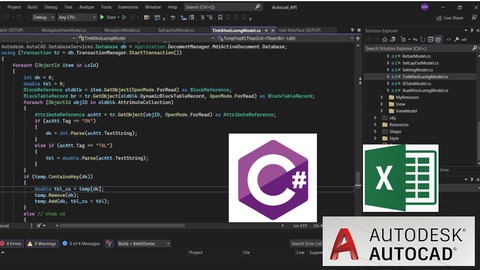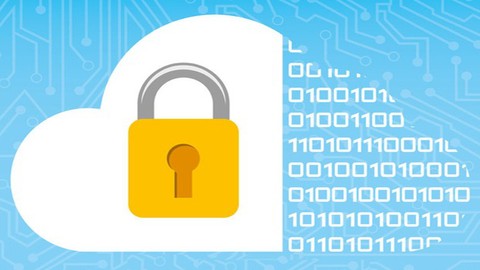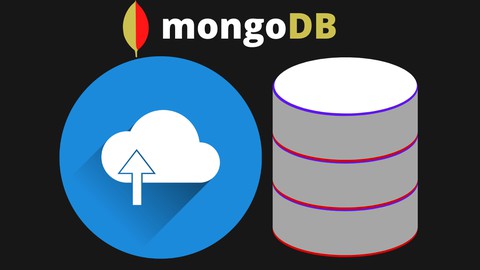Splunk Hands-on - The Complete Data Analytics using Splunk
Loại khoá học: Network & Security
This Splunk training helps to use Splunk in Application Management, Business Analytics and to analyze huge data
Mô tả
Working with huge volume of data? This Splunk training will help you learn all the skills needed to analyze machine-generated data using Splunk. Splunk is a leading software in the field of analytics and will help you monitor and visualize data effectively. This training provides to solve data analytics issues of any size. Upon completion of this course you will be able to easily implement Splunk in your workplace. In this Splunk course, you will understand live practices, demos and trained well in the data collecting process. The software developers who wish to implement Splunk in operational intelligence of machine data will find this course useefull. Splunk fundamentals is where you learn to correlate events, dynamic searching, workflows. This coursee helps to use Splunk in Application Management, Business Analytics. Splunk is a revolutionary analytical tool. The training will include the following:-
Course introduction
Setting up a Splunk enterprise environment
Building a basic production environment
Splunk inputs
Parsing and searching
Splunk resource management
Implementing knowledge objects
Creating lookups
Creating field Aliases and calculated Fields
Creating field extractions
Creating tags and event types
Creating workflow actions
Creating alerts and scheduled reports
Creating macros
Creating data models
Bạn sẽ học được gì
Learn all the skills needed to analyze machine-generated data using Splunk.
Upon completion of this course you will be able to easily implement Splunk in your workplace.
Through this Splunk Training, you will be able to understand various live practices, demos and trained well in the data collecting process.
Software developers who wish to implement Splunk in operational intelligence of machine data, will learn how to do it from this course
Learn to correlate events, dynamic searching, workflows
This Splunk training helps to use Splunk in Application Management, Business Analytics.
This is a 55 hours comprehensive course on Splunk and It covers almost everything that you need to be an expert in Splunk
Yêu cầu
- Basic knowledge of IT operations and Data analytics domain.
- Windows or Linux system in you Computer. Downloading and installing a Splunk development environment will be shown in the course
- Basic networking concepts will be good
- Linux bash command will be an added advantage
Nội dung khoá học
Viết Bình Luận
Khoá học liên quan

Đăng ký get khoá học Udemy - Unica - Gitiho giá chỉ 50k!
Get khoá học giá rẻ ngay trước khi bị fix.






![Java Certification : OCA (1Z0-808) Exam Simulation [2023]](/uploads/courses/udemy/1464072_c364_6.jpg)






![10 Sample Exams ISTQB Foundation Level (CTFL) v4.0 [NEW!]](/uploads/courses/udemy/3228307_dcb2_10.jpg)




Đánh giá của học viên
Bình luận khách hàng